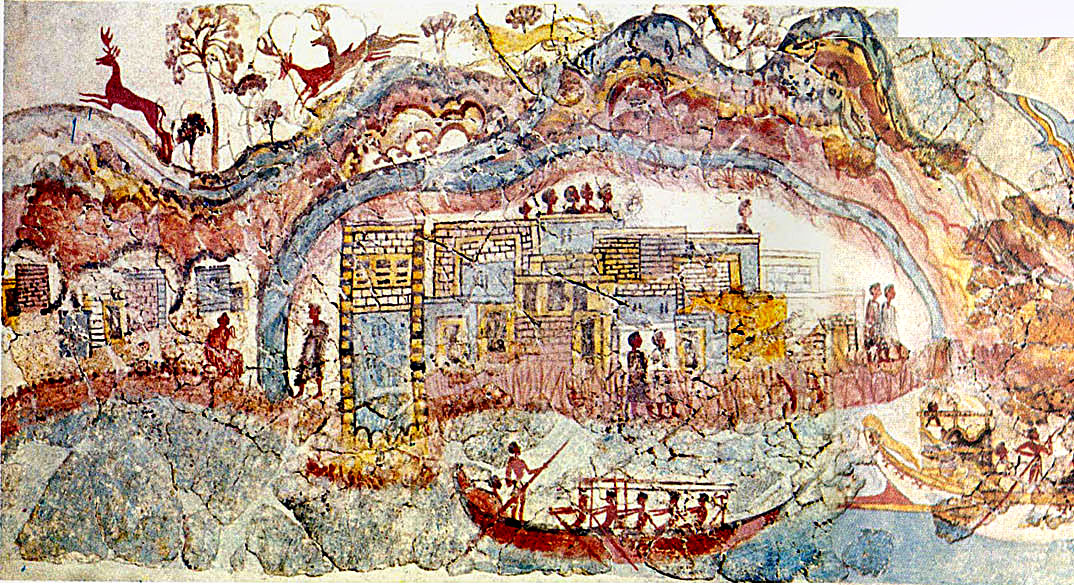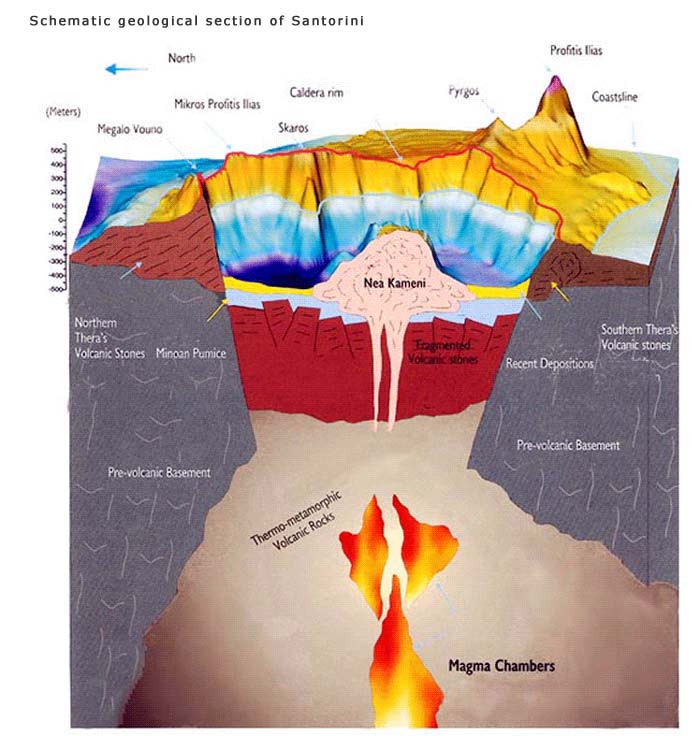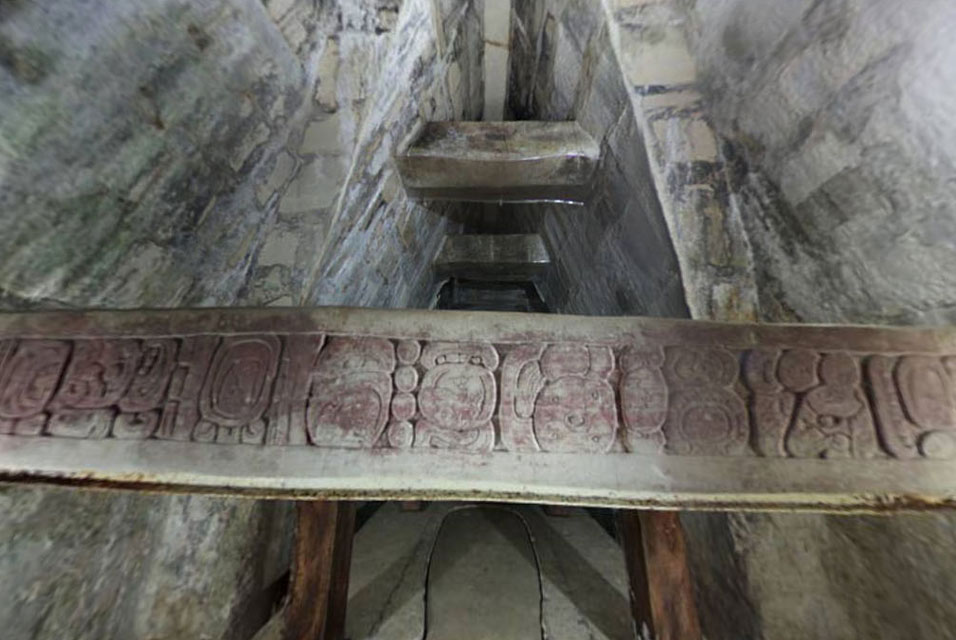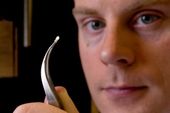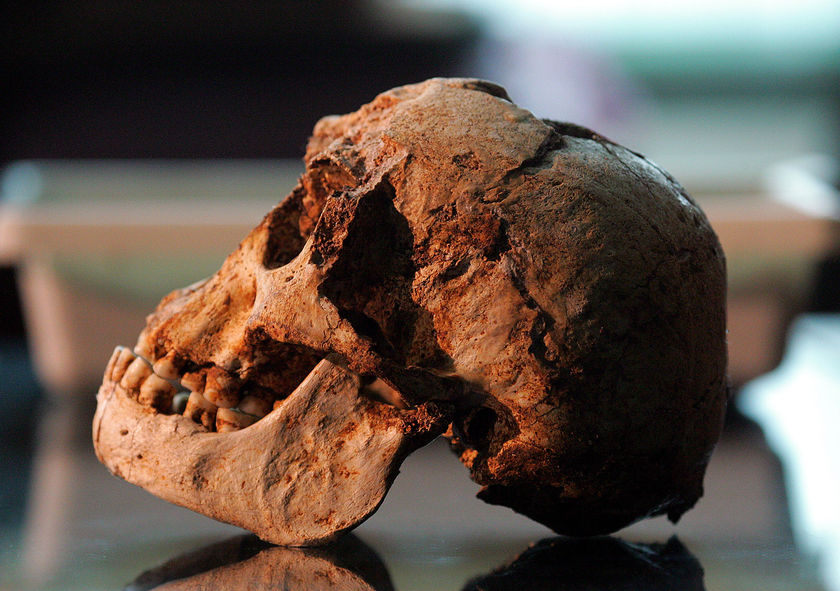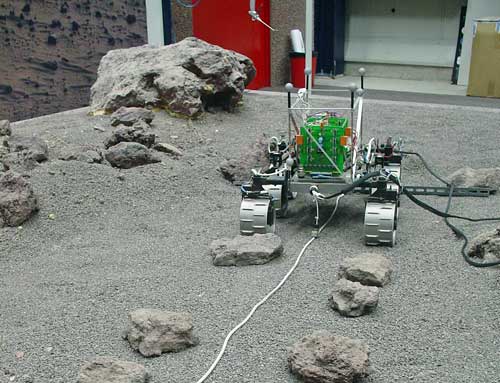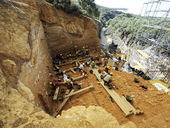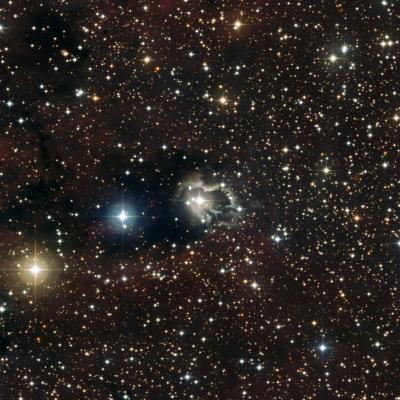
The image was obtained with the Wide Field Imager (WFI) attached to the MPG/ESO 2.2-metre telescope at the 2400-metre-high La Silla Observatory in Chile. The image shows beautifully the extended nebula of gas and dust that reflects the light from the star. The central star's wind appears to have shaped the nebula, leaving bright, ragged tendrils of gas and dust. A careful investigation of these features seems to indicate that there are regular ejections of matter from the star every 15 to 50 years.
A team of astronomers, led by Florentin Millour, has studied the star HD 87643 in great detail, using several of ESO's telescopes. Apart from the WFI, the team also used ESO's Very Large Telescope (VLT) at Paranal.
